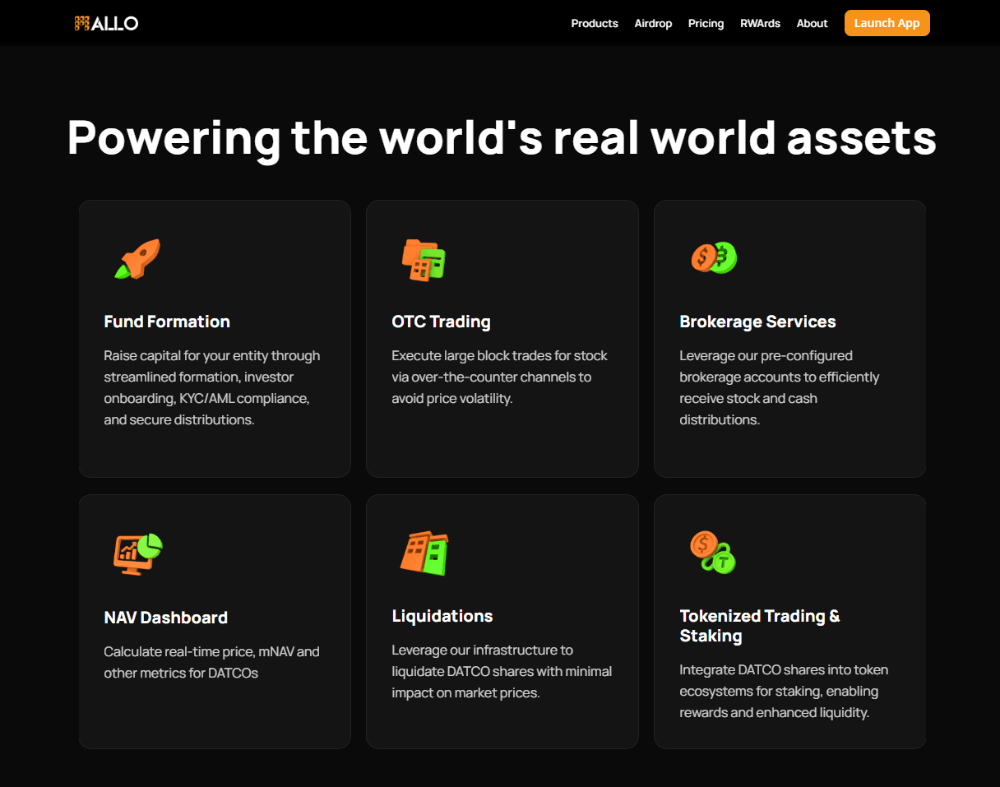Finding Your Personal Peak on the Money-Happiness Graph
For as long as people have traded shells, coins, or digital tokens, money has carried a reputation as the ticket to happiness. It buys freedom, comfort, and access to experiences. But the relationship between money and happiness is not endless. At some point, more income stops creating more joy. Instead, it levels off or even becomes a burden. This turning point is often described as the "money-happiness graph," where happiness rises with income until it hits a peak and then flattens.:max_bytes(150000):strip_icc()/VWM-money-buyin-happiness-getty-a2-9c6838aa60984f54a2c3a3f361e85c7c.jpg)
The challenge is that this peak isn’t the same for everyone. Some thrive on modest earnings paired with simple living. Others crave higher incomes to fund expansive lifestyles. Understanding where you stand on this curve can change how you work, spend, and plan your future.
The Psychology of Money and Happiness
Money does not create happiness directly] it provides the conditions that make it easier to feel happy. Psychologists often describe happiness in two forms:
- Emotional well-being: Daily feelings of joy, stress, or satisfaction.
- Life evaluation: A broader judgment of how one’s life is going overall.
Income affects both, but differently. Research by Daniel Kahneman and Angus Deaton suggested that happiness levels off at around $75,000 in annual income (in the U.S.), meaning more money beyond that point doesn’t necessarily make day-to-day life feel better. Yet later studies, such as Matthew Killingsworth’s in 2021, found that happiness can still rise with income, though at a slower rate.
The truth is less about one fixed number and more about how you translate money into meaning.
Why the Curve Exists
The money-happiness curve exists for practical reasons. In the beginning, money directly solves problems:
- It pays for shelter, food, healthcare, and security.
- It reduces stress about emergencies or debt.
- It opens access to leisure and experiences.
But after basic needs and a few comforts are secured, the effect of each extra dollar weakens. This is known as diminishing marginal utility the principle that each additional unit of a resource produces less added satisfaction.
Consider two examples:
- Someone earning $20,000 who receives an extra $5,000 will likely feel a huge shift. That money could pay for better housing or essential bills.
- Someone earning $200,000 who receives an extra $5,000 may barely notice it.
This explains why the line of happiness starts steep but eventually bends.
Cultural and Personal Differences
The peak is not universal. Where you live, your background, and your values all play roles.
- Cost of Living: A person living in rural India may feel financially secure with far less income than someone in New York City.
- Cultural Values: Societies that emphasize community and shared living may not tie happiness as strongly to individual wealth.
- Personal Aspirations: Some people equate wealth with achievement and freedom; others place higher value on time, relationships, or creativity.
In other words, your “personal peak” may not look anything like your neighbor’s.
The Trap of Endless Upward Climbing
One of the risks in modern society is chasing a peak that doesn’t exist. Consumer culture fuels the belief that happiness is always one purchase away a larger house, a newer car, the latest device. Psychologists call this the hedonic treadmill: you adapt quickly to improvements, then return to your baseline happiness, prompting the cycle to repeat.
This explains why many high earners still feel restless. Even though they have crossed the threshold of financial comfort, their expectations keep rising alongside their income. Without realizing it, they push their peak further away, chasing something they may never catch.
How to Identify Your Own Peak
Finding your personal point on the graph is more art than science. It requires attention to both your emotional well-being and your practical needs. Here are steps to consider:
- Track Emotional Returns
- Reflect on whether increases in income are still making you feel noticeably happier. If raises and bonuses no longer change your daily outlook, you may be close to your peak.
- Evaluate Stress vs. Reward
- Sometimes higher income comes with higher stress—longer hours, less sleep, or reduced family time. If the costs outweigh the benefits, you may have passed your peak.
- Clarify Priorities
- Define what truly matters. Do you value time with family, travel, learning, or security? Money should serve these ends, not distract from them.
- Experiment with Lifestyle Adjustments
- Test different spending patterns. For example, shift resources from material goods to experiences or cut back work hours for more free time. Notice how each change affects your well-being.
Spending for Maximum Happiness
Research suggests that how you spend money often matters more than how much you have. Some strategies for maximizing happiness from money include:
- Buying Time: Paying for services that free you from chores or long commutes can boost happiness.
- Investing in Experiences: Vacations, concerts, or shared adventures often create longer-lasting joy than physical items.
- Giving to Others: Generosity is strongly linked to higher well-being. Donating to causes or helping loved ones can provide deep satisfaction.
- Prioritizing Health: Spending on nutritious food, fitness, and healthcare safeguards not only happiness but also longevity.
Redefining Wealth Beyond Income
Wealth is more than income—it’s control, security, and balance. Psychologists and economists alike emphasize the importance of financial independence, the point where money no longer dictates your choices. This does not require extreme riches, only enough to align your resources with your values.
Consider wealth as a toolkit:
- Savings and investments secure the future.
- Time flexibility allows space for rest and creativity.
- Healthy relationships ensure emotional resilience.
By broadening the definition of wealth, you shift focus from chasing a number to shaping a life.
Balancing Ambition and Contentment
The money-happiness graph is not a static chart drawn the same way for everyone. It’s personal, flexible, and influenced by culture, lifestyle, and values. The real challenge is recognizing when the pursuit of more stops serving you.
Your personal peak lies at the intersection of comfort and freedom the point where you can cover needs, enjoy life, and pursue meaning without being trapped by endless striving. Finding it requires self-awareness, not comparison. Once identified, it frees you to work and spend in ways that elevate life rather than chase illusions.
In the end, happiness is less about the dollars in your account and more about how wisely you use them to shape a life worth living.
References
- Kahneman, D., & Deaton, A. (2010). High income improves evaluation of life but not emotional well-being. PNAS. Link
- Killingsworth, M. (2021). Experienced well-being rises with income, even above $75,000 per year. PNAS. Link
- Clark, A. E., Frijters, P., & Shields, M. A. (2008). Relative income, happiness, and utility: An explanation for the Easterlin paradox. Journal of Economic Literature. Link
- Diener, E., & Seligman, M. E. P. (2004). Beyond money: Toward an economy of well-being. Psychological Science in the Public Interest. Link
- Layard, R. (2011). Happiness: Lessons from a New Science. Penguin. Link
- Veenhoven, R. (1991). Is happiness relative? Social Indicators Research. Link
- Dunn, E. W., Gilbert, D. T., & Wilson, T. D. (2011). If money doesn’t make



































